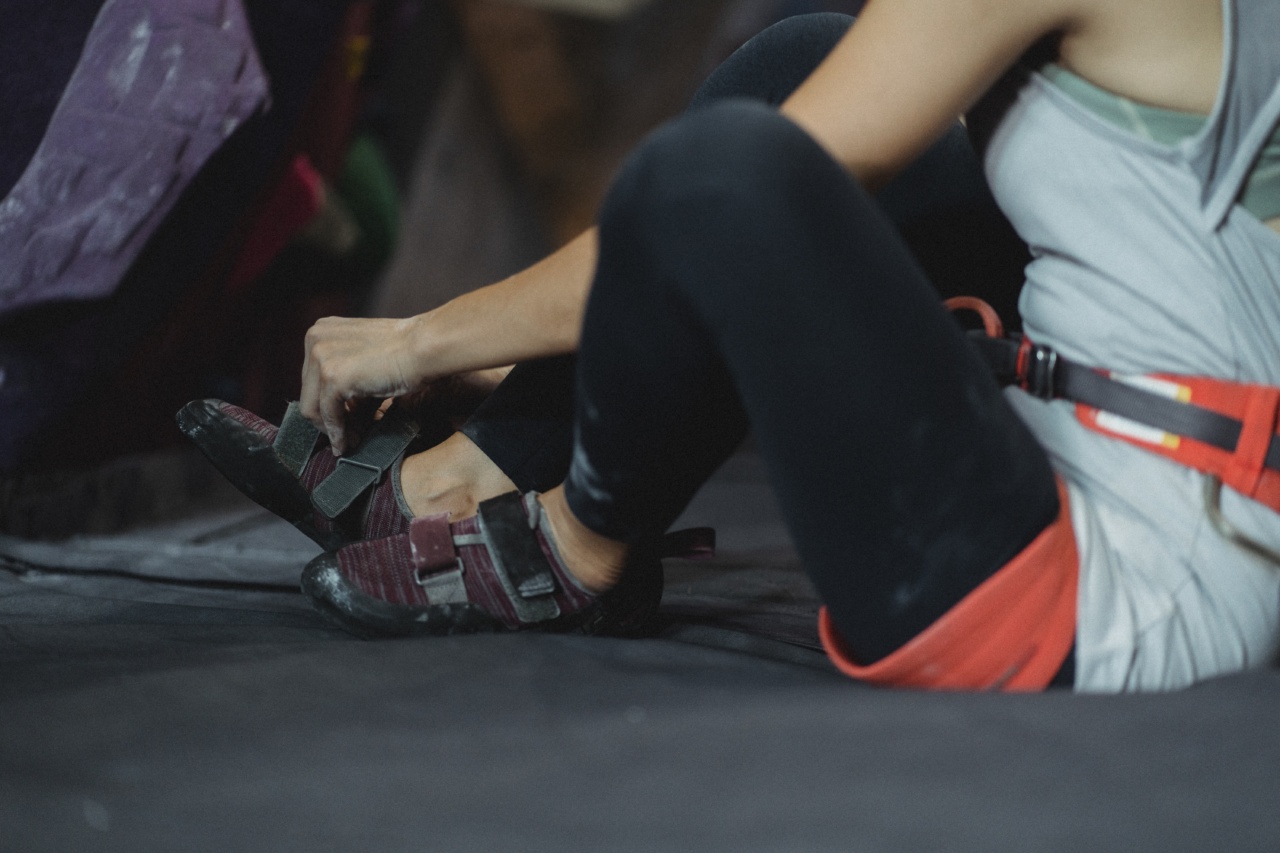Our legs are a critical part of our body, bearing our entire weight and keeping us mobile. However, few people realize that their legs are putting them at risk for several health conditions.
From varicose veins to blood clots, the list of leg-related woes is long. In this article, we will discuss some of the most common conditions that can be caused by our legs and how to prevent them. So, let’s dive in!.
Varicose Veins
Varicose veins are a condition where the veins in your legs become enlarged and twisted, leading to pain, swelling, and discomfort. This condition is caused by weak or damaged valves in the veins that hinder blood flow.
The blood then flows backward and pools up inside the veins. This condition is more common in people who stand or sit in one place for long periods, as this puts added pressure on veins. Compression stockings can help reduce the pressure and alleviate the symptoms of varicose veins.
Similarly, regular exercise and elevating your legs can prevent the condition from getting worse. In rare cases, surgery may be required.
Deep Vein Thrombosis (DVT)
Deep vein thrombosis (DVT) is a condition in which a blood clot forms in a deep vein, usually in the legs. This clot can cause severe pain, swelling, and redness in your legs.
DVT can also lead to more severe conditions like pulmonary embolism, which occurs when the clot dislodges and travels to the lungs, causing a life-threatening condition. People who are overweight, pregnant, on prolonged bed rest, or those who have recently undergone surgery or prolonged air or car travel, are more likely to develop DVT.
The best way to prevent DVT is to exercise regularly, avoid prolonged sitting or standing, and wear compression stockings if you are at risk.
Peripheral Arterial Disease (PAD)
Peripheral arterial disease (PAD) is a condition caused by the buildup of plaque inside the arteries leading to your legs. This condition narrows the arteries and reduces the flow of blood to your legs, resulting in pain, weakness, and cramping.
People who smoke, are diabetic, or have hypertension are at higher risk for PAD. Treatment for PAD includes lifestyle changes, achieving a healthy weight, exercise, and medication. In severe cases, surgery may be required.
Lymphedema
Lymphedema is a condition where the lymphatic system (a network of vessels that help get rid of waste materials from your body) fails to function, resulting in a buildup of fluid in your legs.
This buildup can cause swelling and discomfort, making it difficult to move your legs. Lymphedema is most commonly caused by cancer treatments like radiation therapy, chemotherapy, or surgery, which can damage the lymphatic system.
Treatment for lymphedema includes a combination of exercise, massage, compression garments, and other therapies to help manage the condition.
Peripheral Neuropathy
Peripheral neuropathy is a condition where the nerves in your legs become damaged, leading to pain, numbness, and weakness.
This condition is most commonly caused by diabetes, but it can also be caused by a host of other conditions like exposure to toxins, autoimmune conditions, and infections. Treatment for peripheral neuropathy includes medication, exercise, and lifestyle changes, including managing blood sugar levels if caused by diabetes.
Restless Leg Syndrome (RLS)
Restless leg syndrome (RLS) is a condition where you experience an irresistible urge to move your legs, usually when you’re trying to sleep. This can lead to insomnia, resulting in fatigue and daytime sleepiness.
The exact cause of RLS is unknown, but it is believed to be caused by an imbalance of dopamine in the brain. Treatment for RLS includes medication, lifestyle changes, such as avoiding caffeine, and reducing stress levels with relaxation techniques.
Chronic Venous Insufficiency
Chronic venous insufficiency is a condition where the veins in your legs are unable to circulate blood properly, leading to blood pooling in your legs. This leads to pain, swelling, and discomfort.
People who are overweight, pregnant, or have a family history of varicose veins are more likely to develop chronic venous insufficiency. Treatment for this condition includes lifestyle changes like elevating your legs, regular exercise, and wearing compression stockings. In some cases, surgery may be required.
Arthritis
Arthritis is a condition where the joints in your legs become inflamed, causing pain, stiffness, and swelling. This condition can be caused by several factors like age, injury, or an autoimmune disease.
Treatment for arthritis includes medication, exercise, and physical therapy. In severe cases, surgery may be necessary.
Osteoporosis
Osteoporosis is a condition where your bones become weak and brittle, making them more susceptible to fractures. This condition is commonly seen in women during menopause and in those who are deficient in calcium and vitamin D.
Treatment for osteoporosis includes medication, exercise, and a diet rich in calcium and vitamin D supplements.
Cellulitis
Cellulitis is a bacterial skin infection that occurs when bacteria enter the skin through a cut or crack. This condition can cause pain, redness, swelling, and warmth in the affected area.
People who have swelling in their legs are more likely to develop cellulitis. Treatment for cellulitis includes antibiotics, elevation of the affected leg, and compression.
Conclusion
Our legs do more than just allow us to stand, walk, and run. They are a complex system that bears our weight, circulates blood, and helps us stay mobile.
Taking care of our legs is essential to maintain overall health and prevent these conditions from affecting our quality of life. Exercise, lifestyle changes, and therapies can go a long way in keeping our legs healthy and leading to a healthier life.































